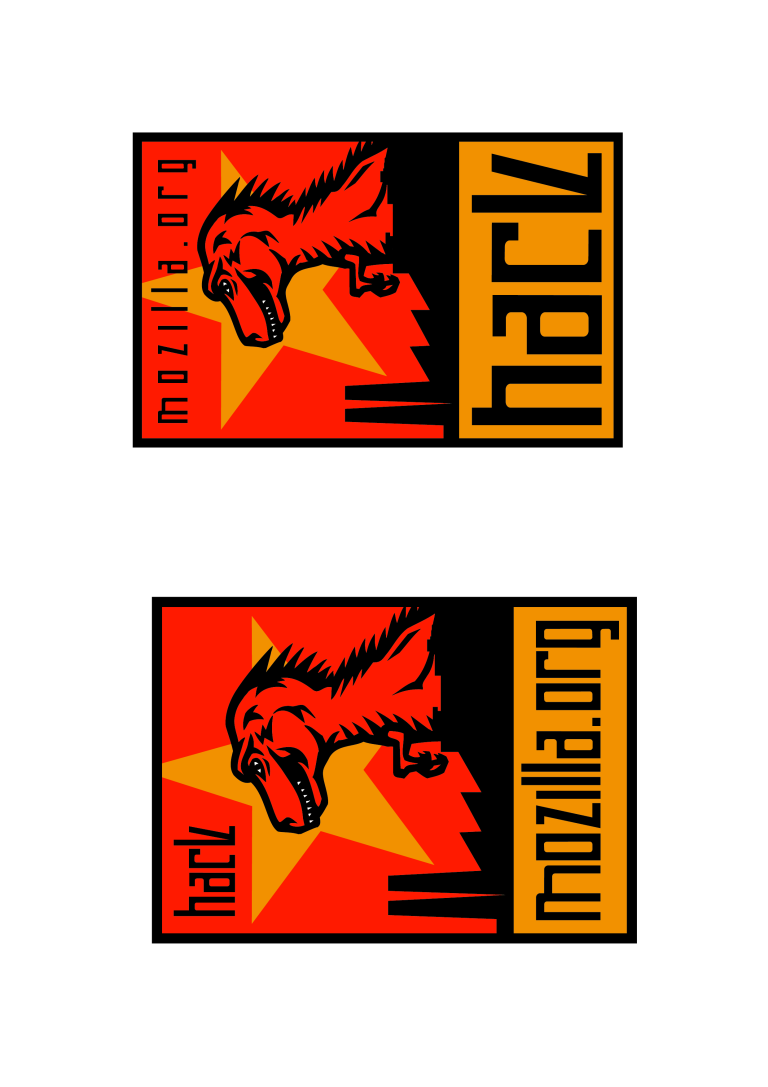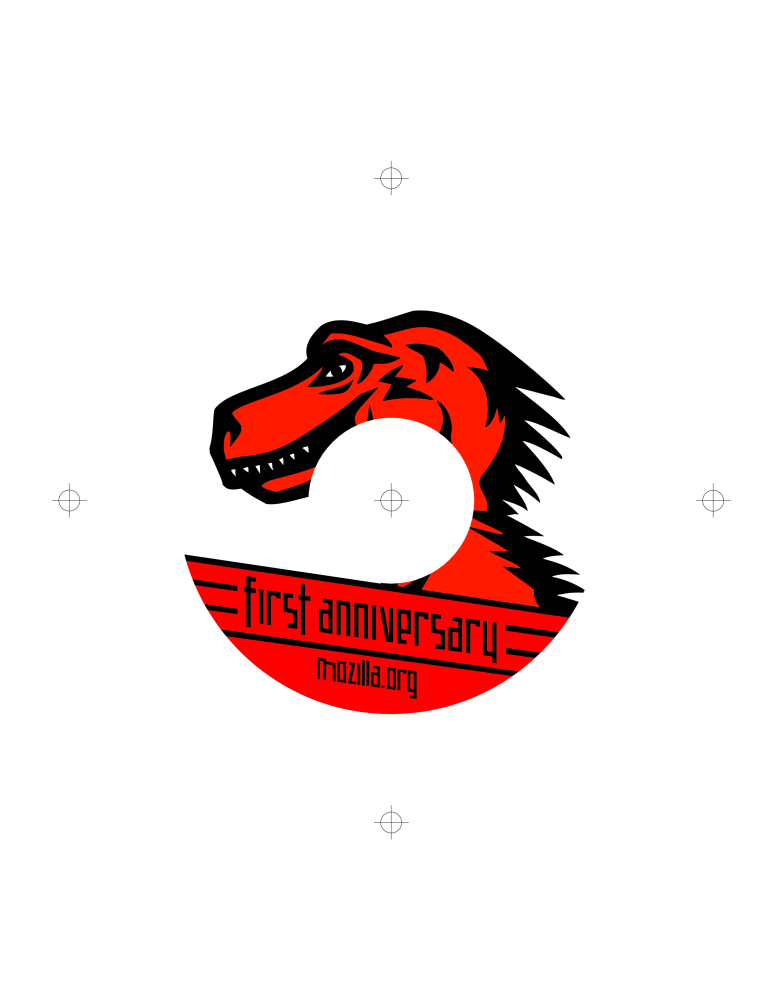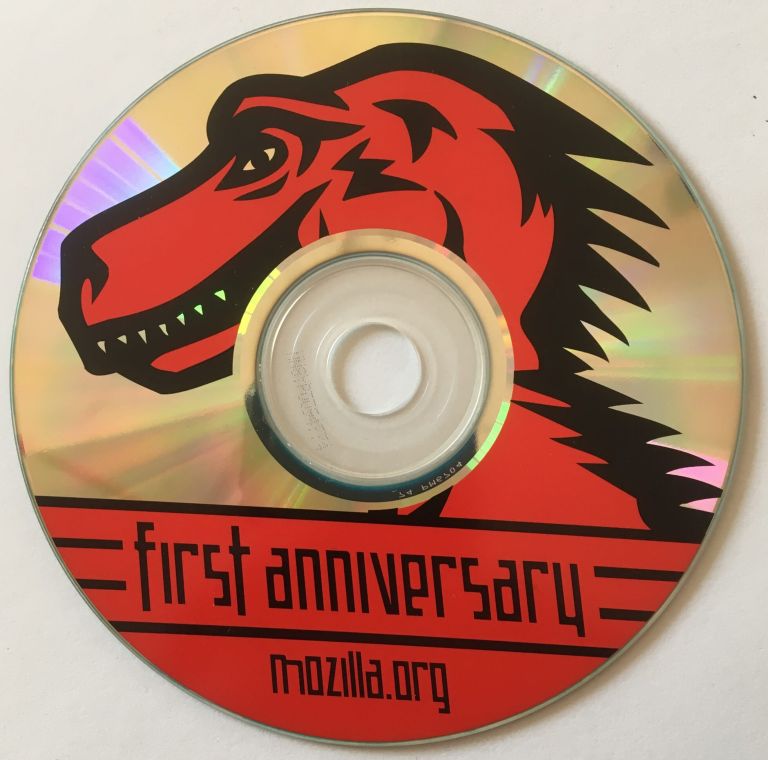Tony Padilla takes a mathematical look at the pair of numbers 6-7 and why they are a perfect prime pair - plus SUPER PRIMES. The other videos from this interview are at https://www.youtube.com/playlist?list=PLt5AfwLFPxWK9aLnVoe-HcCJ62WkHCAAe
More links & stuff in full description below ↓↓↓
Our prime number playlist - https://www.youtube.com/playlist?list=PL0D0BD149128BB06F
Our perfect number playlist - https://www.youtube.com/playlist?list=PLt5AfwLFPxWJILwhaYs0Cz76-XK4cu3WC
Tony Padilla's book Fantastic Numbers and Where to Find Them - https://amzn.to/3VywNyy
More from Tony on Numberphile - https://www.youtube.com/playlist?list=PLt5AfwLFPxWL8KAJKO3WfHhJcWrJfjgfU
Plus Tony on Sixty Symbols - https://www.youtube.com/playlist?list=PLcUY9vudNKBPJmX64Jay51cdZTKMz4ACs
Patreon: http://www.patreon.com/numberphile
Numberphile is supported by Jane Street. Learn more about them (and exciting career opportunities) at: https://bit.ly/numberphile-janestreet
We are also grateful for support from the Ben Delo Foundation - https://delo.org/
NUMBERPHILE
Website: http://www.numberphile.com/
Video by Brady Haran and Pete McPartlan
Numberphile T-Shirts and Merch: https://teespring.com/stores/numberphile
Brady's videos subreddit: http://www.reddit.com/r/BradyHaran/
Brady's latest videos across all channels: http://www.bradyharanblog.com/
Sign up for (occasional) emails: http://eepurl.com/YdjL9





































